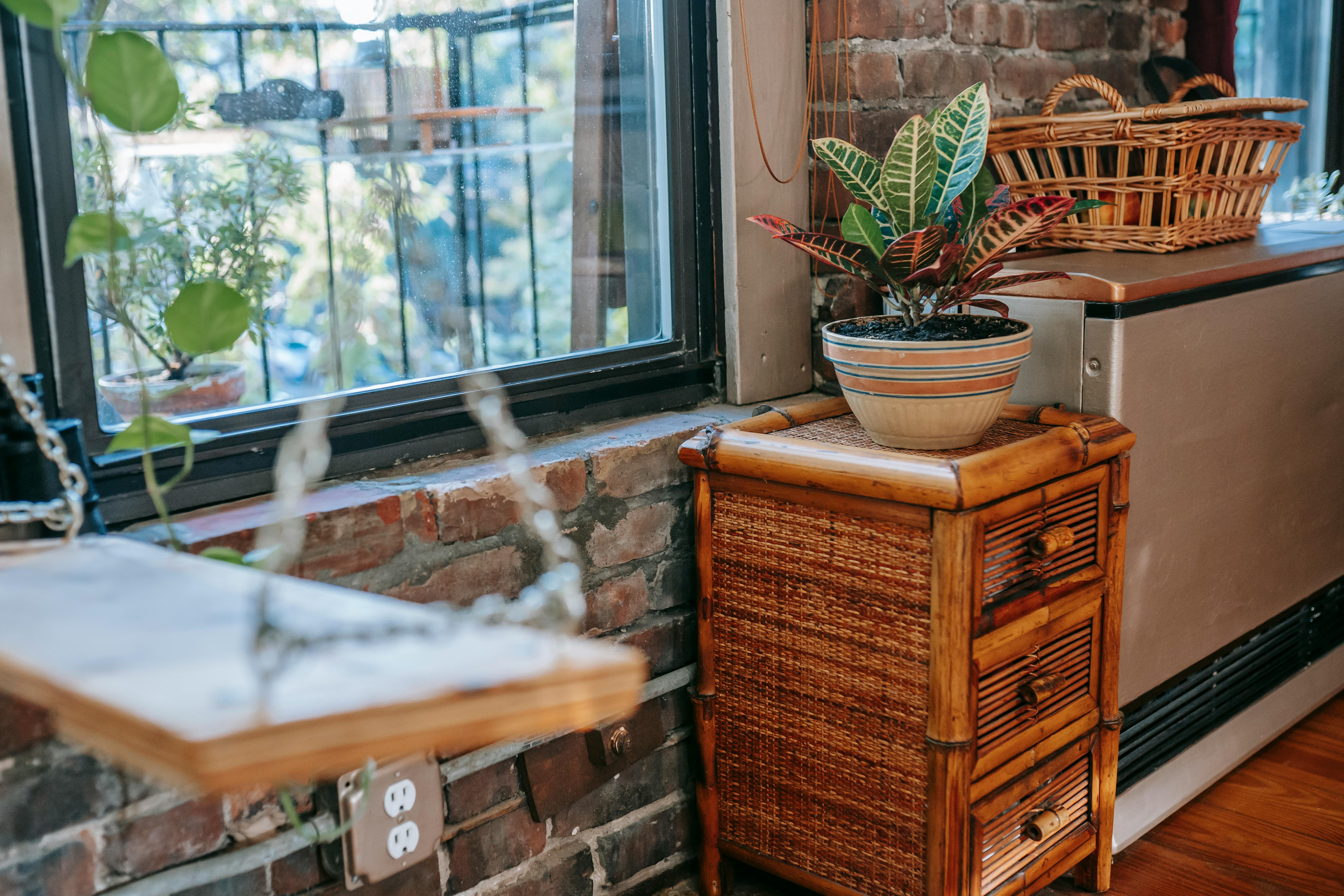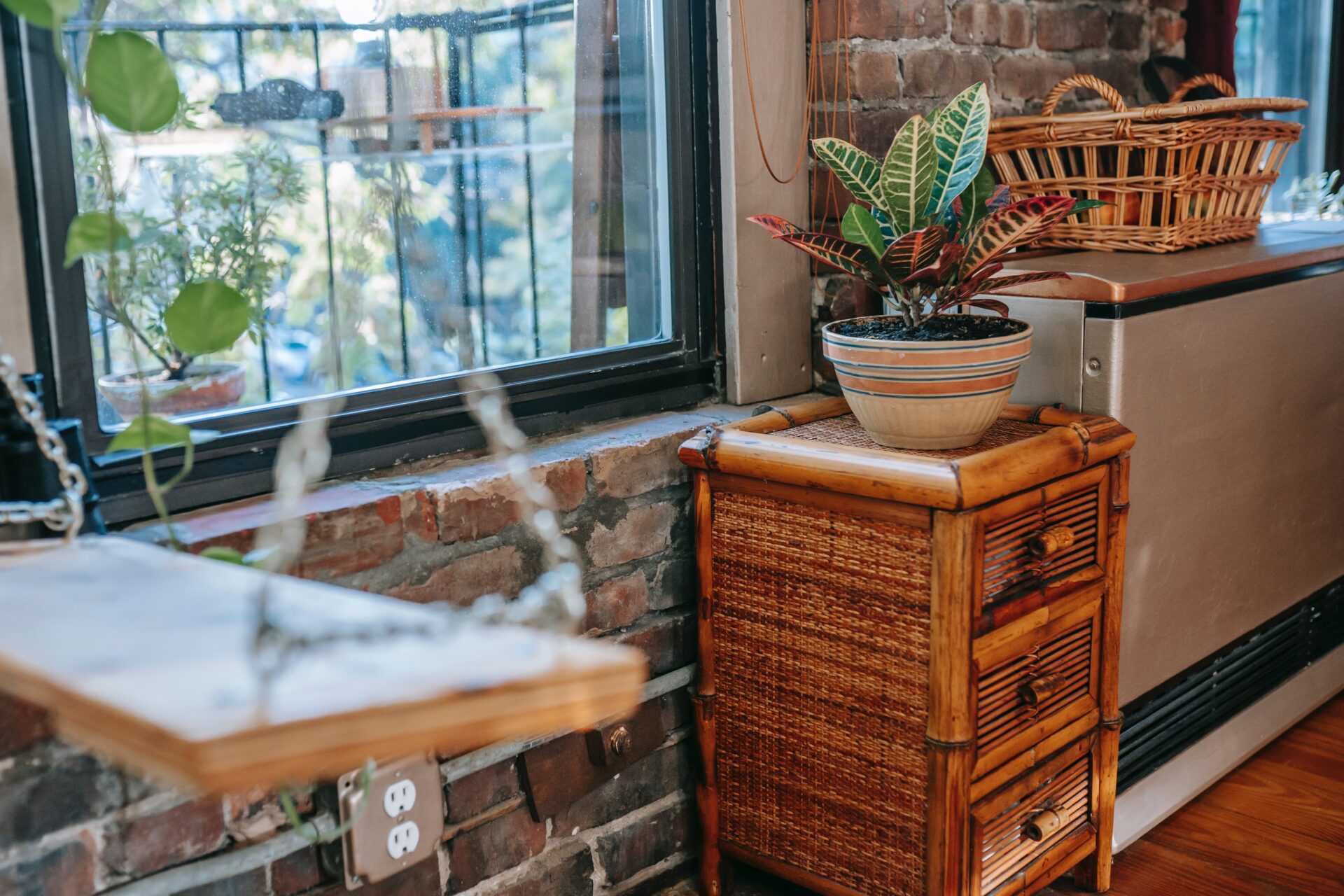Planting a strawberry hanging basket is a great way to grow delicious fruits in a limited space. With the right preparation and care, you can create an attractive and productive hanging basket of strawberries that will last for years. This guide will provide you with all the information you need to know about planting and caring for your strawberry hanging basket.When choosing the right basket for planting strawberry, there are several factors to consider. First, make sure to select a basket that is the correct size for your plant. The strawberry plant should fit easily within the basket with plenty of room to grow. Second, look for a basket that has good drainage. If not, be sure to add holes on the bottom of the basket and line it with mesh fabric or pebbles before planting. Third, choose a lightweight yet sturdy material that will resist rotting or rusting over time. Popular materials for strawberry baskets include plastic, metal, and wood. Finally, consider how you will be using the basket when selecting its shape and style. A hanging basket may work better than a standing one depending on your space and needs. Once you have chosen the right basket for your strawberries, add soil and plant your seedlings according to instructions on the packet.
Preparing the Soil for Your Strawberry Hanging Basket
When preparing the soil for your strawberry hanging basket, it is important to choose a well-draining soil mix that contains a combination of organic and inorganic materials. The organic material should include peat moss, compost, and vermiculite. The inorganic material should include perlite and sand. Make sure that you mix the soil well to ensure even distribution of all of the components.
To further enhance the growth of your strawberries, add a slow-release fertilizer to the soil. This will provide your strawberries with nutrients over a period of time and help them to grow healthy and strong. You can also add some slow-release nitrogen to promote leaf growth, as well as phosphorus for root development.
When planting your strawberries into the hanging basket, be sure to use a potting mix that is slightly acidic with a pH between 5.5 and 6.5. Do not compact the soil too tightly around the roots as this can cause them to rot over time due to poor drainage or air circulation. Make sure that there are small drainage holes at the bottom of your hanging basket so that any excess water can escape easily.
Once you have added all of these components to the soil mix, it’s time to plant your strawberry plants into the hanging basket. Plant them with their roots pointing down towards the bottom of the basket and their crowns pointing up towards the top. Make sure that they are spaced evenly throughout the basket so that they have plenty of room to grow without overcrowding each other.
Now it’s time to water your strawberry plants thoroughly until water runs out from each hole in the bottom of your hanging basket. This will ensure that all parts of your strawberry plants receive an even amount of moisture throughout their growing season. With proper care and maintenance, you will soon be able see beautiful strawberries growing on your strawberry hanging basket!
Planting Your Strawberry Hanging Basket
Planting a strawberry hanging basket is a great way to add a splash of color and flavor to any outdoor space. With a few simple steps, you can have delicious strawberries in no time. First, you need to choose the right type of strawberry for your hanging basket. There are many varieties available, so be sure to pick one that will do well in your climate and soil conditions. Then, prepare the soil by mixing it with compost or other organic matter. This will help ensure that your strawberries receive all the nutrients they need to grow healthy and strong.
Next, it’s time to plant the strawberries in your hanging basket. Start by spacing each plant about eight inches apart. Make sure they are firmly planted in the soil and that their roots are covered with soil. Once all the plants are in place, water them thoroughly and keep them evenly moist throughout the growing season.
Finally, hang your strawberry basket in an area that gets plenty of sunshine each day. While you don’t want direct sun all day long, make sure your plants get at least six hours of sunlight per day. With proper care and attention, you can enjoy fresh strawberries from your hanging basket all summer long!
Watering and Feeding Strawberry Plants in Hanging Baskets
Strawberries are a great way to add a sweet and juicy addition to any garden. When planted in hanging baskets, they can add a pop of color and taste to any outdoor space. But to ensure the healthiest crop possible, it’s important to understand how to properly water and feed the strawberry plants.
Watering your strawberry plants should be done regularly, but not too much. Too much water can cause root rot and other diseases that can affect the entire plant. Water your strawberry plants once or twice per week when weather is dry, or about every three days when it is wet. Make sure the soil is thoroughly moistened without any standing water around the plant’s roots.
Fertilizing strawberry plants with an all-purpose plant food is also important for their health. Fertilize your strawberries once every two weeks during the growing season using a slow-release fertilizer like a granular product or one that comes from fish emulsion or compost tea extract. If you are growing strawberries in containers, use a liquid fertilizer once per month with half strength of what is recommended on the packaging instructions.
When it comes to watering and feeding your strawberry plants in hanging baskets, it’s important to monitor them closely during hot summer days as they may require more frequent watering than during cooler months. Additionally, make sure you check for signs of pests or diseases and take action immediately if necessary. With proper care, you can enjoy sweet strawberries from your hanging baskets all summer long!
Removing Weeds from Your Strawberry Hanging Baskets
Weeds can be a major problem in strawberry hanging baskets. They can compete with the strawberry plants for nutrients, water, and light, and can also spread diseases. Removing weeds from your strawberry hanging baskets is essential for preventing them from taking over and damaging your crop. Fortunately, there are several ways to remove weeds from your strawberry hanging baskets.
The first step in removing weeds is to identify them. Different types of weeds grow in different types of soils and climates, so it’s important to identify the type of weed you’re dealing with before attempting to remove it. Once you’ve identified the weed, you can take steps to remove it.
One way to remove weeds is by hand-pulling. This method is most effective with small weeds that haven’t had a chance to fully establish themselves in the soil. By grasping the base of the weed near where it meets the soil, you can pull it up and out of the ground without disturbing the roots of nearby plants. Be sure to wear gloves when hand-pulling weeds as some species can cause skin irritation or even allergic reactions.
Another way to remove weeds is by using an appropriate herbicide or natural remedy such as vinegar or boiling water. Herbicides are designed specifically to kill certain types of plants, so make sure you choose one that’s appropriate for your particular weed problem. Natural remedies such as vinegar or boiling water are also effective at killing weeds but may require multiple applications before they become completely eradicated.
Finally, mulching around your strawberry plants will help reduce further weed growth and competition for resources by blocking out light needed for germination and growth of new weed seedlings. Mulch should be at least 4 inches thick in order to effectively prevent weed growth.
By following these steps, you can effectively remove existing weeds from your strawberry hanging baskets and prevent new ones from growing in their place. With a little effort on your part, you can ensure that your strawberries have all the resources they need to thrive!

Pruning and Training Strawberry Plants in Hanging Baskets
Growing strawberries in hanging baskets can be a great way to maximize space in your garden while still enjoying the delicious fruit. However, strawberry plants need careful pruning and training to ensure they produce the best harvest possible. To get started, it’s important to understand how to properly prune and train your strawberry plants for success.
When pruning strawberry plants, it’s important to regularly remove any dead or damaged leaves or stems. This will help encourage the plant to focus its energy on producing healthy leaves and fruit, instead of wasting energy on damaged parts of the plant. Additionally, you should snip off any flowers that appear during the first few months of growth, as this will help the plant establish a strong root system before it begins producing fruit.
To train your strawberry plants for hanging baskets, you’ll need to create two main support systems: one for vertical growth and one for horizontal growth. For vertical growth, you’ll need an overhead support such as a trellis or netting that is securely attached to the top of your hanging basket. This will provide support for your strawberry plants as they grow upwards. For horizontal growth, use garden twine or string that is securely attached around the circumference of the basket about every 6 inches (15 cm). This will provide support for your plants as they spread outwards from the center of the basket.
Finally, it’s important to regularly monitor your strawberry plants during their growing season. Keep an eye out for signs of disease or damage caused by pests so that you can take corrective action quickly if necessary. Additionally, check your support systems periodically throughout the season to make sure they are still providing adequate support for your plants as they grow vertically and horizontally in size. With proper pruning and training techniques, you can enjoy a bountiful harvest from your hanging basket strawberry plants!
Stake and Tie In Your Strawberries in Hanging Baskets
Growing strawberries in hanging baskets is a great way to save space and enjoy a plentiful supply of fresh berries. Hanging baskets can be hung from trees, porches, balconies, or other structures. To ensure your strawberries thrive, it is important to stake and tie them in correctly. Staking and tying your strawberries will also improve the air circulation around the plant which will help protect them from disease. Here is how you can stake and tie in your strawberries for the best possible results:
First, you need to choose a strong stake. Wooden or metal stakes are best for this purpose as they are durable and won’t bend under the weight of your plants. You will need one stake per plant, so make sure you have enough for all of your baskets. Drive the stakes into the ground at least 18 inches deep so they are firmly rooted in the soil.
Next, attach nylon or cotton string to each stake using a slip knot at the top of each one. Make sure there is enough slack in the string so that you can easily adjust it as needed when tying in plants later on. Start by tying the string around the base of the strawberry plant before looping it around each stake several times and pulling tightly to secure it.
Finally, use garden scissors to trim any excess string that might be obstructing growth or causing damage to stems or leaves. This will help keep your strawberries healthy and promote better air circulation around them which can help prevent disease like powdery mildew from occurring. With proper staking and tying, your strawberry hanging baskets should be producing loads of delicious fruit in no time!
Controlling Pests and Diseases of Strawberries in Hanging Baskets
Strawberry plants grown in hanging baskets require special attention to control pests and diseases. Strawberries grown in this manner are more susceptible to attack by insects, disease-causing fungi, and other pests. The key to successful strawberry production is to identify the pests and diseases early and take steps to control them.
One of the most common pests that attack strawberries in hanging baskets are aphids. Aphids can be easily identified by their small size and pear-shaped bodies. They can be found on the underside of leaves and buds, sucking the juice from the plant. To control aphids, it is recommended to spray an insecticidal soap or neem oil solution on the plants every two weeks or as needed. An organic option is to introduce beneficial insects such as ladybugs or lacewings into the garden which will feed on the aphids.
Fungal diseases can also be a problem for strawberry plants in hanging baskets. Common fungal diseases that affect strawberries include powdery mildew, gray mold, and Verticillium wilt. To prevent these diseases, it is important to water plants from below instead of overhead and keep them well ventilated so they don’t get too humid or wet. It is also important to remove any leaves that show signs of infection so they don’t spread to other plants nearby. If necessary, fungicides can be used but should only be done according to label instructions since overuse can lead to resistant strains of fungi developing.
In addition to controlling pests and diseases, it is important to provide adequate nutrition for strawberry plants grown in hanging baskets. A balanced fertilizer with equal amounts of nitrogen, phosphorus, and potassium should be applied every two weeks during the growing season as directed on the package label. Additionally, regular applications of compost tea or other organic fertilizers will help keep soil healthy and increase yields of delicious strawberries!

Conclusion
Planting a strawberry hanging basket is an enjoyable and rewarding experience. With a little bit of effort, you can grow delicious strawberries in just a few weeks. You need to choose the right soil, select the right plants, and provide the necessary supplies such as fertilizer and water. Also, make sure to place your basket in an area that will get plenty of sunlight. With the right preparation and care, you can have a beautiful hanging basket of strawberries that will provide you with delicious fruit for many months to come!
Overall, planting strawberry hanging baskets is not difficult if you take the necessary steps. With the right supplies, knowledge and care, you can easily have a plentiful harvest of sweet strawberries that everyone can enjoy!



